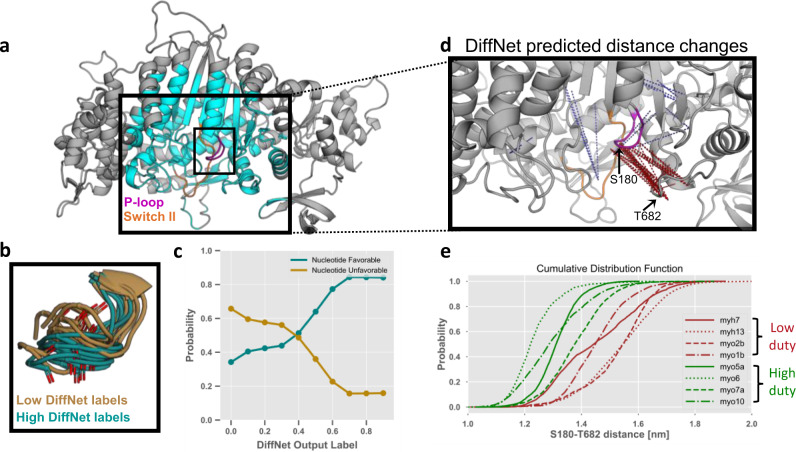Fig. 7. DiffNets capture the importance of P-loop motions in distinguishing high and low duty myosin motor proteins.
a Structure of a myosin motor protein (PDB ID: 4PA0) showing the DiffNet classification region (cyan), the P-loop (magenta), and Switch-II (Orange). b Twenty states predicted by the DiffNet as high duty (teal) and low duty (dark gold). Predicted high duty states are mostly in a nucleotide compatible, P-loop “down” conformation and vice-versa for predicted low duty states. c Percentage of nucleotide favorable (teal) and unfavorable (dark gold) states as a function of the DiffNet output label, measured with 10 equally spaced bins with labels spanning 0-1. Most structures with low Diffnets labels are nucleotide unfavorable, and vice-versa. d Inset of the myosin active site. Dotted lines indicate distances between two atoms that change in a way that is strongly correlated with an increased DiffNet output label. Red indicates the atoms move closer together as the output label increases, blue indicates atoms moving away from each other. e Cumulative distribution function showing the distance between S180 (P-loop) and T682 (β3-SH2 loop). Probabilities come from a previously published MSM47. This distance clearly separates high and low duty motors (green and light brown, respectively) as predicted by the DiffNet in d.

